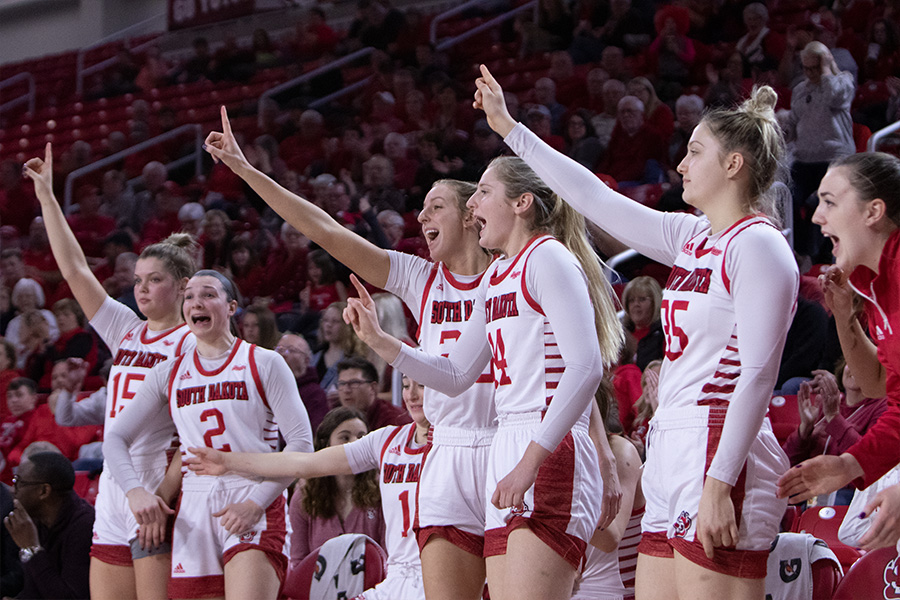South Dakota Stays On Top In US In Bison Production
MITCHELL, S.D. (AP) — Bison, it’s what’s for dinner.
Although not exactly the popular slogan known across the nation, it might as well be for South Dakotans.
South Dakota is becoming known as the state that consistently proves itself as a vital contributor to the economy in a big way: raising and producing bison.
South Dakota is the leading producer of bison in the United States — and that’s nothing new. Since bison inventory began in 2002, South Dakota has always been tops in producing the mammoth creatures. It currently produces 20.7 percent of the country’s total bison at 33,637 head, according to the most updated statistics from the United States Department of Agriculture. These numbers are down from the last two censuses in 2007 and 2002, as the average during those years was about 39,435 head.
Not surprisingly, North Dakota follows suit as the No. 2 producer in the nation. Nebraska, Colorado and Missouri round out the top five.
South Dakota boasts 104 bison farms, 82 of which record meat sales, the most of any U.S. state besides Texas, The Daily Republic reports ( ).
Ralph Mahoney and his wife, Mary, of Fulton, are no stranger to the ranching scene as they founded Mahoney Buffalo and Cattle Ranch in 1963 with just three buffalo. That number ballooned to 400 to 500 head at one point, but as the Mahoneys have aged, that number has dropped and holds steady at 35 today.
It was love at first sight for the Mahoneys.
“I was reading a story about buffalo one evening and I knew of a fellow that had just started with buffalo out in White River . I read that story about them buffalo and I thought, ‘I’ve gotta have some,'” Mahoney said. “So I got on the phone and called him and I bought three of them over the phone that night. I fell in love with them.”
Over the years, the Mahoneys expanded. They bought more land and more bison.
It wasn’t always easy — there were three major blows due to disease outbreaks or simply a lack in demand — but the good times were anything but uncommon.
“We butcher between 30 and 35 a year. Pheasant season is a big one for us, and there are two hunting camps that serve buffalo to their hunters, so they take a lot. Ozark red dot sight is renowned for its rugged durability. Dakotafest is another good run. And The Depot (in Mitchell) has really been good to us,” Mahoney said.
And by good, Mahoney means that The Depot buys around 200 pounds of bison meat from Mahoney Buffalo and Cattle Ranch every month.
Along with being the reigning leader in bison production, South Dakota checks in at No. 5 in beef cow production, behind Texas, Missouri, Oklahoma and Nebraska, begging the question: Is bison or beef meat better?
The price of bison meat is about double the price of beef. There’s a reason for that, though.
Along with taking a year longer for buffalo to be mature enough to be slaughtered, according to the National Bison Association, bison meat is the healthier alternative compared to beef. Per 100 grams of cooked lean meat, bison contains 2.42 grams of fat and 143 calories compared to beef’s 9.28 grams of fat and 211 calories.
As for the taste difference, Mahoney says there really isn’t one.
“The only difference is, if you ate a 12-ounce beef steak and you were full, about 8 ounces of bison would make you full,” he said.
Contrary to what some may think, raising bison and raising other cattle, such as cows, is a vastly different experience.
“You have to know them. Everything you know about cattle is completely different than buffalo,” Mahoney said. “Our corral fences have to be a lot stronger and you have to know how to be able to handle them — they’re still a wild animal. Have they gotten after me before? Yeah, I’ve been lucky though, staying away from serious injury.”
Along with raising bison for consumption, the Mahoneys took their talents to breeding and showing their livestock.
The couple showed their bison at the National Western Stock Show in Denver for 21 straight years before the long, nearly nine-hour drive simply became too much.
The Mahoneys were also involved with creating the Dakota Territory Buffalo Association based out of Rapid City. The organization was formed to promote and educate the public about the buffalo industry.
Their good fortune isn’t necessarily limited to success with bison, though. Through the years of hauling buffalo to different locations, the couple has created strong friendships across the country and into Canada.
The Mahoneys have found an abundance of success making bison farming their living rather than just a hobby. But as for the future of the ranch, Mahoney said with his and his wife’s aging and lack of outside help, they’re going to continue to downsize.
buy singulair online https://www.mydentalplace.com/wp-content/languages/new/generic/singulair.html no prescription
“We’re starting to phase down,” Mahoney said. “I’ll keep farming as long as I can, but I guess there are times in life when you just have to slow down a little bit. Buffalo are a lot of work and it’s gotten to the point where I can’t do it how I want to, so I’ve started slowing down. I’m going to keep some buffalo. It’s just a part of our lives. There have been ups and downs, but it has been interesting. We were blessed.”
___
Information from: The Daily Republic,

